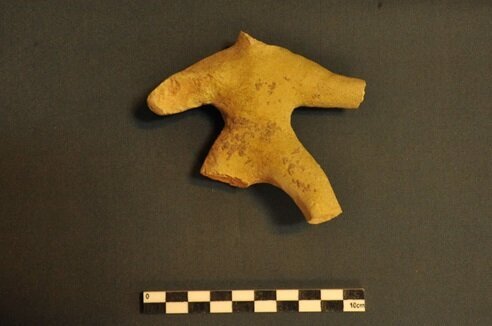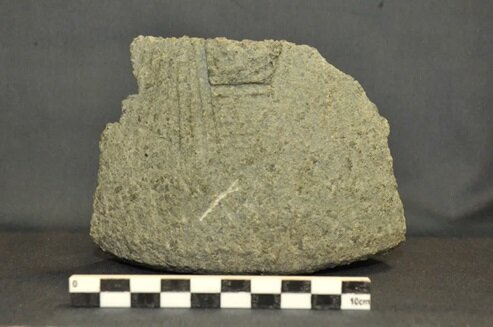Archaeological discoveries shed light on ancient urban settlement in southeast Iran

TEHRAN - A recent archaeological survey in the Girdi region near the former course of the Helmand River has uncovered a range of artifacts, hinting at the presence of an urban settlement dating back to the mid-to-late Islamic period.
The excavation, led by archaeologist Mojtaba Sa’adatian, marks the completion of a systematic field study carried out in the desert areas of southern Sistan Plain. The team of five archaeologists explored a 4,000-hectare area, identifying cultural landmarks and cataloging both movable and immovable objects.
During the survey, the team uncovered remains of four ancient fortresses, 22 ruins of other architectural structures, remnants of three workshops, seven archaeological mounds, 14 pottery and brick kilns, seven cemeteries, 36 burial sites, three windmills (Asbads), and various water management structures. These discoveries provide insights into the architecture, industrial activities, and water control systems of the region, ISNA reported on Monday.

The excavation also yielded significant artifacts, including glazed and decorated pottery fragments, decorative beads, stone and bronze objects, and a human figurine.
Prehistoric and historical sites were also documented within the surveyed area, indicating the continuity of human settlement over time. According to Sa’adatian, the similarities between the collected artifacts and architectural elements suggest the site was likely an urban center during the middle to late Islamic periods.
"This project offers a new understanding of Girdi’s archaeological significance, as little information was available about the site prior to this survey," Sa’adatian noted.
The Girdi archaeological area is located in the Hamoun region of southeastern Iran, within Sistan-Baluchestan province. These findings not only contribute to the understanding of regional history but also highlight the need for further exploration and conservation efforts in this culturally rich area.

Sa’adatian had previously expressed hope to discover ruins and relics of the Bronze Age. “We expect to find remnants from the Bronze Age that correlate with Shahr-e Sukhteh, alongside historical mounds and various Islamic-era artifacts such as fortifications, tombs, and irrigation channels,” Sa’adatian said in early September.
“The survey’s outcome may hold the key to unraveling the mysteries surrounding the rise and fall of Shahr-e Sukhteh and its contemporaries,” he said.
Shahr-e Sukhteh, which flourished between 3550 and 2300 BC, is recognized for its significant contributions to understanding Helmand culture and the complexities of ancient urban life. Artifacts unearthed from Shahr-e Sukhteh reveal a distinct culture that appeared independent of neighboring civilizations in ancient Mesopotamia.
AM
Leave a Comment